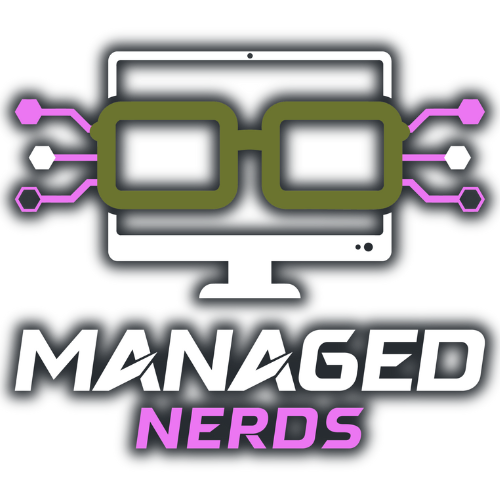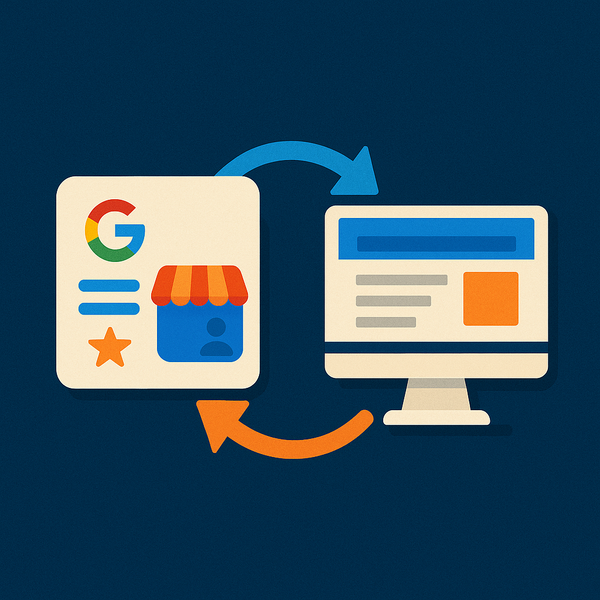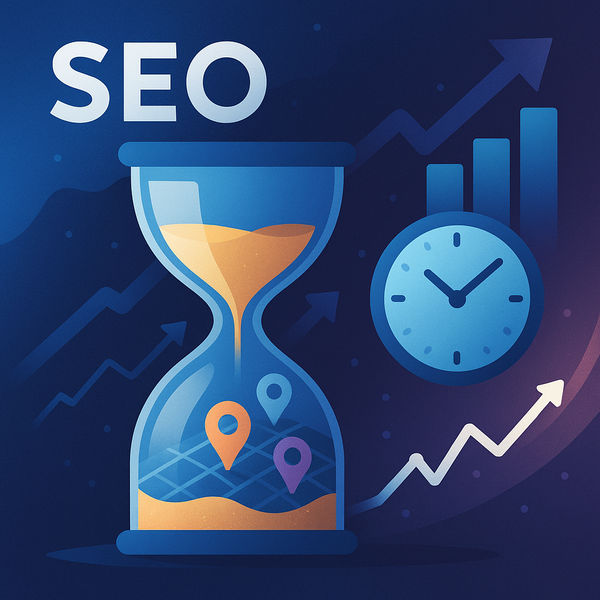Google Crawlers Are Picky: How to Speak Their Language
Google’s bots aren’t psychic—they need structure, signals, and clean code. Here’s how to speak their language so your content gets seen, indexed, and ranked properly.

You can write the world’s best content, pack it with golden keywords, and have a gorgeous website to boot—but if Googlebot can’t understand or access it? It might as well not exist.
That’s because Google’s crawlers speak a very specific language. If your site isn’t communicating clearly, you’re leaving rankings on the table.
Let’s decode how to speak fluent Googlebot.
What Is Googlebot, Exactly?
Googlebot is Google’s automated crawler. It scans your website, analyzes your content, follows links, and decides how and where to rank your pages. It’s like a librarian with a search engine—fast, methodical, and a bit picky.
If your site is messy, inconsistent, or hard to parse, Googlebot won’t spend much time trying to figure it out. It’ll move on—and so will your rankings.
First Impressions Matter: Robots . txt & Crawl Rules
Robots . txt is the bouncer at your site’s front door. It tells crawlers what they’re allowed (and not allowed) to access.
A misconfigured robots.txt file can accidentally block important pages—or worse, your entire site.
Best practices:
- Only block areas that should never be indexed (admin panels, scripts)
- Never block your entire site (Disallow: /) unless it’s under construction
- Use Google Search Console to test your robots.txt file
Pro tip: Always allow access to your sitemap and important assets (like JS and CSS files)—Googlebot needs them to understand your layout.
Sitemaps: Your Crawler GPS
An XML sitemap is like a map of your website’s roads. It tells Googlebot what pages exist, when they were last updated, and which ones are most important.
Why it matters:
- Faster indexing for new or updated content
- Better visibility for deep pages that aren’t well linked
- Clean structure improves crawl efficiency
Submit your sitemap to Google Search Console and Bing Webmaster Tools—and don’t forget to update it regularly if your content changes often.
Internal Linking: Breadcrumbs for Bots
Every internal link is a signal. It tells Google what content matters, how pages relate to each other, and how to prioritize them.
Make sure your internal links:
- Use descriptive anchor text (not “click here”)
- Link related content together naturally
- Highlight key conversion pages (services, contact, etc.)
- Avoid orphan pages (no incoming links = no crawl priority)
A well-linked site is a well-crawled site.
Structured Data: Speaking Google’s Native Tongue
Structured data (aka schema markup) helps Google understand what your content is—not just what it says.
It’s how you unlock rich snippets like:
- ⭐ Star ratings in reviews
- 📅 Event listings
- 🧑💼 Author bios
- 🍔 Recipe steps
- 📦 Product info
Use tools like Google’s Rich Results Test or Schema.org to implement structured data correctly.
You don’t need to mark up every page—but for pages with special content, it’s a powerful ranking and CTR booster.
Common Crawlability Mistakes (and Fixes)
- JavaScript-heavy pages: Use server-side rendering or dynamic rendering
- Infinite scroll without links: Use pagination and crawlable anchor tags
- Missing canonical tags: Use them to avoid duplicate content confusion
- Broken links and redirects: Clean these up monthly
- Slow loading: Googlebot budgets its crawl time. Don’t waste it.
Crawl Budget: Why It Matters
Google doesn’t have infinite resources. Your site has a crawl budget—an amount of attention based on its authority, size, and structure.
If your site is slow, has duplicate content, or wastes crawl time on unimportant pages, Googlebot may not index everything you care about.
Prioritize:
- High-value pages
- New content
- Content updates
- Clean architecture
Googlebot ≠ Human
Here’s the kicker: Googlebot doesn’t “see” your website the way a visitor does. It reads the code, follows links, checks structure, and makes decisions fast.
If your content is buried behind tabs, forms, or unlinked pages—it might as well not exist. SEO isn’t just about content. It’s about communication—and crawlers need clarity.
Let’s Talk to Google the Right Way
Want better rankings? Start by making sure Googlebot actually sees and understands your content. It’s like putting up a billboard—only if the road to it is blocked, no one’s seeing it.
If you’re not sure whether Google can crawl, index, and rank your content properly, Managed Nerds can help with audits, fixes, and full SEO optimization.





